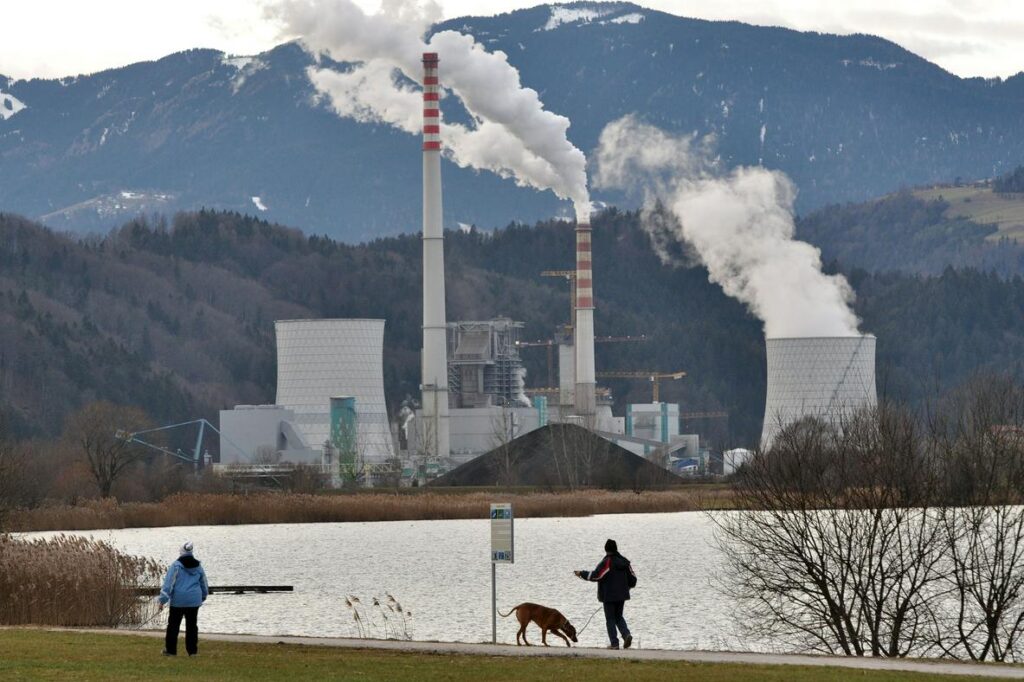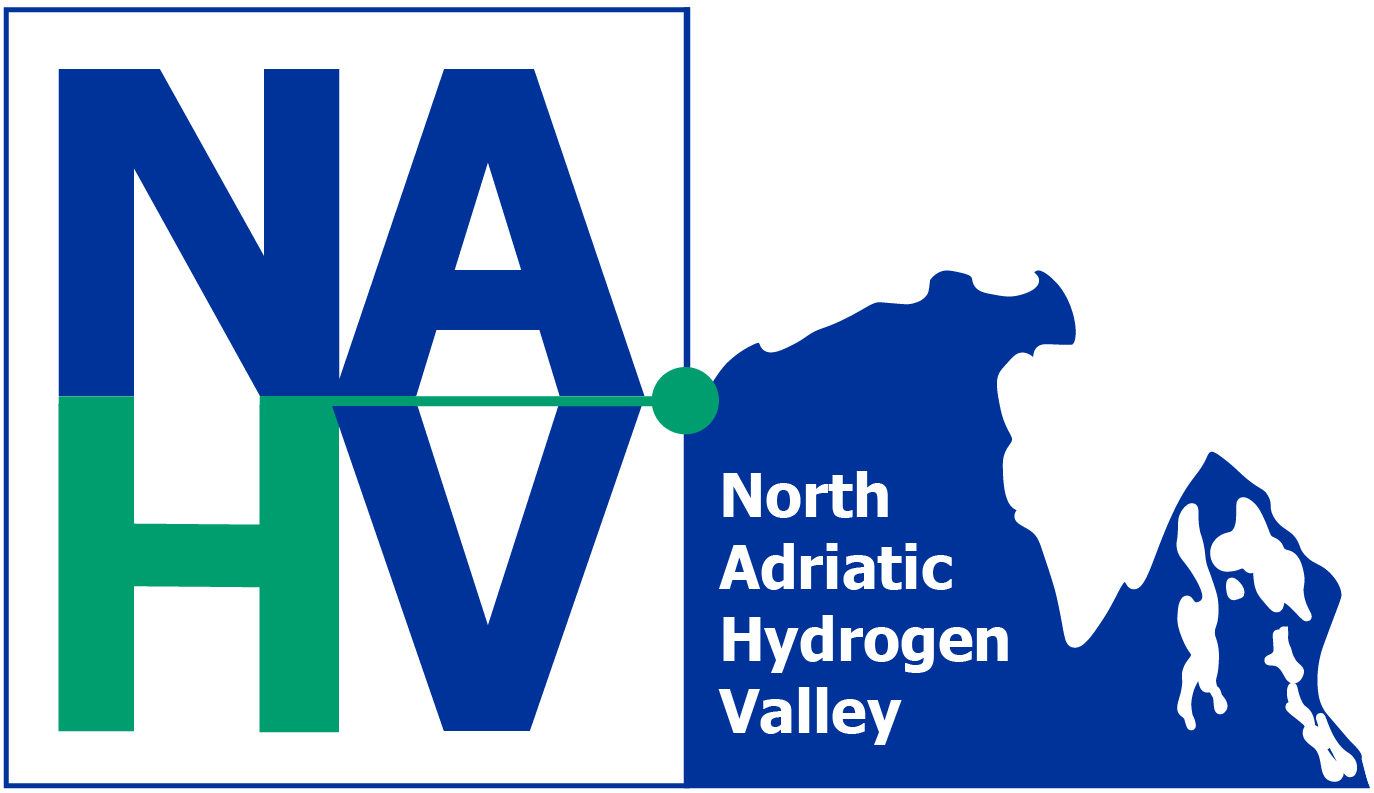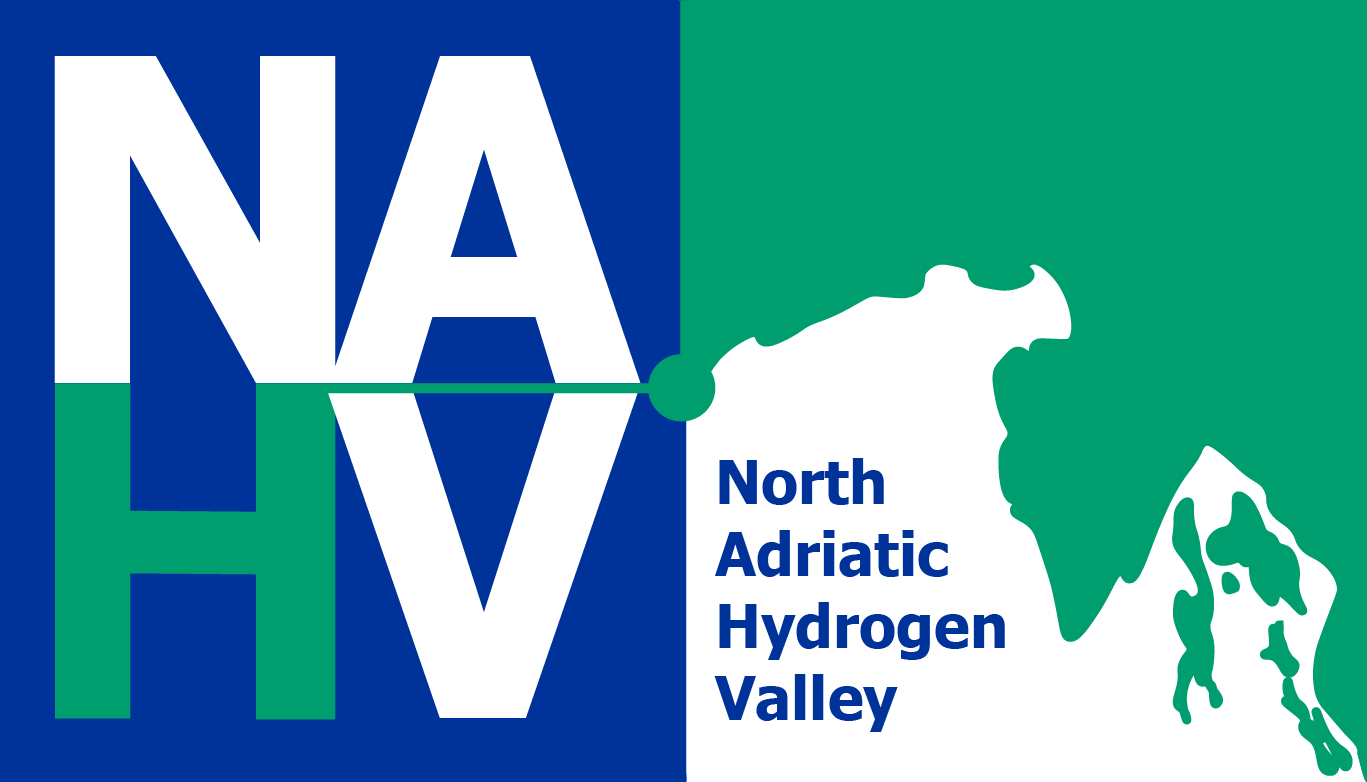Holding Slovenske Elektrarne (HSE) is seeking to address the energy gap that will emerge after the closure of the Šoštanj Thermal Power Plant (TEŠ) by focusing on the production of green hydrogen. The process of obtaining a construction permit is already underway. It is projected that the first 300 tons of hydrogen will be produced annually by 2026.
Despite the insolvency of TEŠ, which is expected at the beginning of the new year, the hydrogen project is not anticipated to be affected. The hydrogen could either be used for transportation or converted back into electricity. The project is also tied to the construction of the largest floating solar power plant in Europe, planned to be installed on Lake Družmir in Šoštanj.
Although hydrogen is not a new technology—it was even used during the first lunar missions—green hydrogen can only be produced through electricity generated from renewable energy sources.

“If we set up the electrolyzer by the end of 2027, following the directive issued by the European Union, we will be able to use existing renewable energy sources to produce the electrolyzer, ensuring that the hydrogen is green. This includes hydro potential and solar power plants. The largest share is expected to come from the floating solar power plant on Lake Družmir,” said Jerneja Sedlar from HSE.
“If approved, this will be the largest floating power plant in Europe, providing the foundation for producing relatively large quantities of green hydrogen for Slovenia. The idea is also to find consumers for this hydrogen,” added Davor Rašič from the Ministry of the Environment, Spatial Planning, and Energy. Green hydrogen is one of the alternatives to replacing fossil fuels.
“The use of green hydrogen is already commercially available, but its price is still significantly too high for large-scale use. If the government and the European Union support it with subsidies, we can expect commercial use of this green hydrogen within the next five to ten years,” explained Sebastjan Seme, Dean of the Faculty of Energy at the University of Maribor.
“It is predicted that by 2050, hydrogen use will be as common as electricity use is today. Imagine that in 20 years, you’ll be using hydrogen just like you use electricity now,” Rašič said.
HSE also aims to solve the issue of district heating in the Šalek Valley with this project. Additionally, there are plans to build a charging station for electric buses in the TEŠ area.
For the original article in Slovenian, visit: RTVSLO

